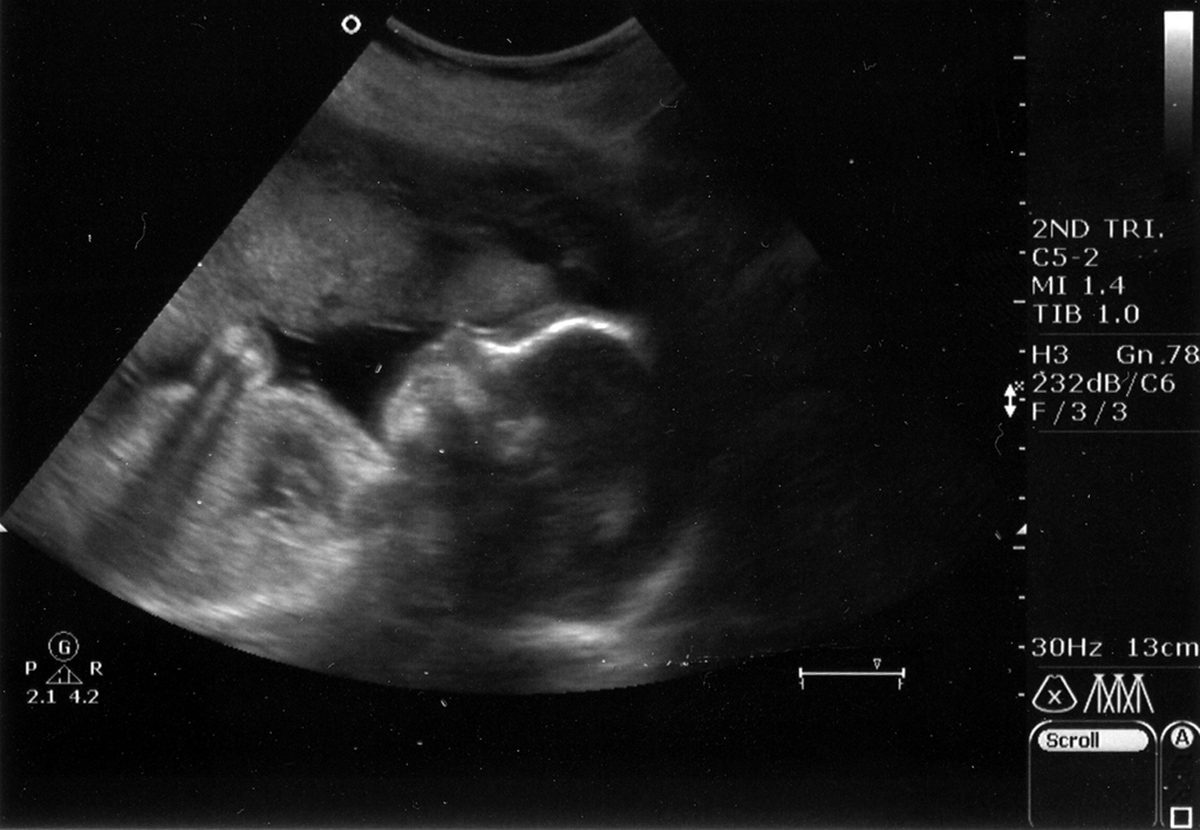Table of Contents
Because babies born with gastroschisis have intestines on the outside of their body, sometimes the cavity in the stomach will not grow big enough to allow the intestines to fit inside. Commonly, a surgeon can stretch the abdominal cavity, fit the intestines back inside, close the hole and fashion a new belly button. Other times, a surgeon will put the intestines inside a plastic baggie in order to protect them and keep them warm until it is possible they can be put back into the abdominal cavity.

The results of having large intestines will cause pressure which can lead to issues with the lungs, heart and blood supply to the intestines.
How can a doctor determine if a baby’s intestines will fit back inside the abdominal cavity?
To determine if a baby’s intestines will fit inside the abdominal cavity, a physician will measure the pressure when trying to fit the intestines back inside. If there is too much pressure, the doctor will sew a bag onto the baby’s abdominal wall, put the intestines inside and slowly manipulate the intestines back into the abdominal cavity over the course of several days. Once the intestines are back inside the body, the bag will be taken off and the hole will be sewn shut. By slowly squeezing the intestines back into the abdomen slowly, problems with the heart, lungs and blood supply to the intestines can be avoided.
Whether or not a baby has surgery right away or later in the future, at some point he or she will need to go to the neonatal intensive care unit to be stabilized. A baby will need an intravenous line for fluids and some may need the aid of a ventilator to breathe.
If a baby is born with an intestinal blockage, surgery will be required to correct the problem.
What types of complications are possible with gastroschisis?
The outcome for gastroschisis is usually related to the number of complications. The size of the hole a baby has could lead to bowel strangulation, which increases the risk of an atretic or stenotic area to develop. Infection can be another complication of gastroschisis. Initially, the baby is at risk for infection because of the broken skin from the exteriorized bowel.
What is the prognosis for gastroschisis?
In almost all of the cases of babies born with gastroschisis, the long-term prognosis is very good.
See Also: Baby Colic (Abdominal Pain in Infants) - Symptoms and Treatment
Some babies with gastroschisis could be born with a blockage or intestinal atresia, a medical issue which will require additional surgery.
In a small number of babies born with gastroschisis there are prolonged intestinal issues and some have problems with bowel function, particularly those who have a short intestine. Your baby’s doctor will devise a complete treatment plan to help your child have the best possible outcome and future.
- Photo courtesy of Philippe Put by Flickr: www.flickr.com/photos/34547181@N00/11627138363
- Photo courtesy of ben by Flickr: www.flickr.com/photos/b3nscott/2565888977

